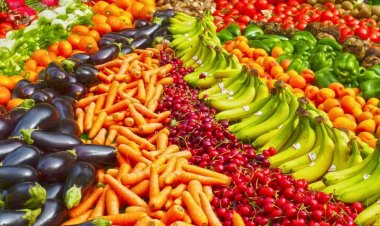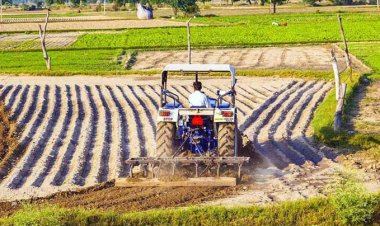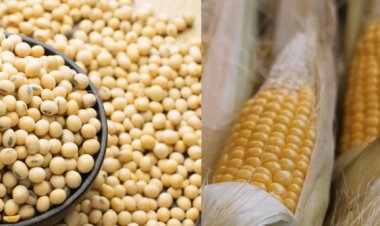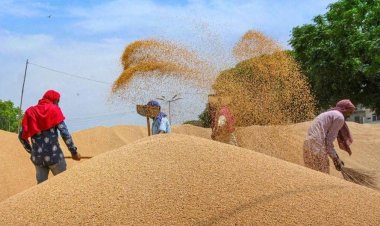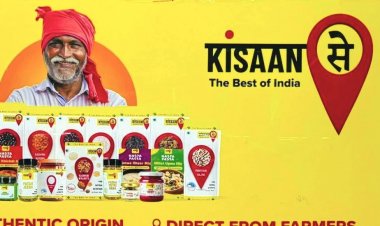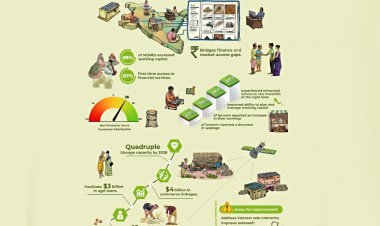Inflation could derail India consumption story
Finance Minister Nirmala Sitharaman had to do some plain speaking to India Inc earlier this week as to what was stopping them from new investments. After all, the government did what it wanted in terms of reduction in corporate tax and offering PLIs. The answer lies in inflation. And until it sticks around and is not tackled head-on, the economic turnaround would not take place in the real sense.
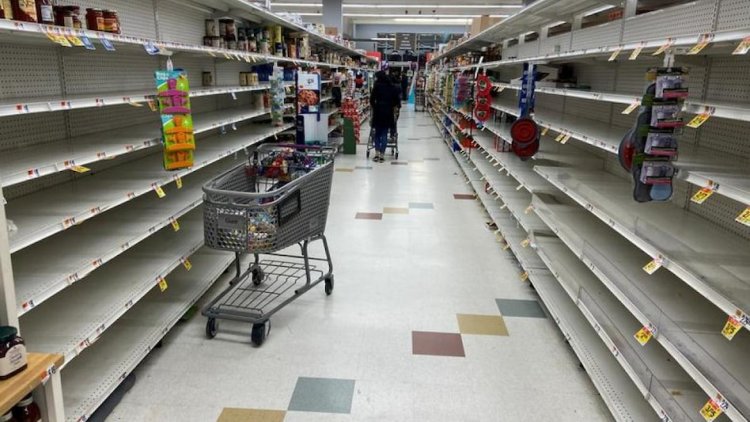
Inflation is all-pervasive now, emerging as the most difficult challenge for the economy. It is no more restricted to consumers, who in any case have been bearing the brunt of it for about two years. Whether we measure it on the Consumer Price Index (CPI) or the Wholesale Price Index (WPI), the latest data for the month of August shows it is rather sticky and would remain at elevated levels for quite some time till we get the advantage of a low base. The low-base phenomenon itself is nothing but statistical jugglery that may show inflation peaking or slowing but prices stay at elevated levels, bringing no relief to the consumers or the producers. As they say, prices rarely come down!
For the record, the year-on-year retail inflation or CPI had a print of 7 per cent for August against 6.71 per cent in July while it was 12.41 per cent measured by the WPI for the latest month. What troubles me more is that this 12.41 per cent comes on top of 11.64 per cent in August 2021. Simply put, prices since August 2020 have gone up by about 24 per cent. This is an affront to the much-touted India consumption story. How do you sustain consumption and demand down the line with this kind of rise in prices? The WPI generally reflects prices at the mandis or business-to-business (B2B) and feeds into retail prices. It is for the past 17 months that WPI inflation has been above 10 per cent while the CPI has been stuck for the eighth consecutive month well beyond the Reserve Bank of India’s (RBI) upper mandate of 6 per cent.
Be it wheat or other cereals, prices remain very high in the mandis and translate into steep rises at the retail stores. For instance, on a WPI gauge, primary articles went up by close to 15 per cent, cereals were expensive by 11.77 per cent and wheat by 17.35 per cent. The reasons, including climatic issues in Haryana and Punjab and global supply chain problems because of the Russia-Ukraine war, have been well documented by now, but then that is no consolation to the consumers, whose staple food is becoming unaffordable. On top of it, if you are buying packed wheat for better quality or hygienic reasons, it comes at an extra cost in the form of Goods and Services Tax (GST) on atta (flour) and other items of daily mass consumption.
While paddy prices rise in the mandis by a moderate 4.33 per cent, it is only a matter of time before the production loss due to the delayed and uneven monsoon this year gets reflected in the prices. Fruits, which saw a hike in prices by 31.75 per cent, have become quite a luxury, but vegetables with a mark-up of 22.29 per cent in the mandis are also going off the daily meals for most.
Crude petroleum and natural gas, which have an impact on a range of industrial products, including paints, chemicals and fertilizers, saw a whopping increase of 59.84 per cent year on year in August. Similar elevated levels are seen in petrol, high-speed diesel and LPG.
At the level of retail inflation, as is the case most of the time, the rural population suffers the price rise more than their urban counterpart. If we break down the combined CPI inflation of 7 per cent for August 2022, the rural print is at 7.15 per cent and the urban at 6.72 per cent.
Disaggregating it further, you would find that cereals and products for August this year were more expensive than the corresponding month of 2021 by 9.57 per cent. And here again, villagers suffered the most, with a 10.08 per cent increase in prices. Who produces cereals? The farmers in the village. But, paradoxically, it is the rural households that end up paying more!
At a combined level — both rural and urban — a host of items like fruits, vegetables, spices, milk products and food and beverages saw a sharp increase in prices. However, there was moderation in the pace of increase in items like meat and products, pulses and products, and sugar and confectionery.
Items like clothing and footwear, too, have gone up on the CPI gauge by nearly 10 per cent. So is the case with personal care products, which are up by 7 per cent. As stated, inflation is all-pervasive and it is affecting the earnings of businesses, both big and small, notwithstanding the irrational exuberance in the stock market. In fact, high inflation at the global and domestic levels is holding back the commitment to fresh investments, so much so that Finance Minister Nirmala Sitharaman had to do some plain speaking to India Inc earlier this week as to what was stopping them from new investments. After all, the government did what it wanted in terms of reduction in corporate tax and offering Production Linked Incentives (PLIs). The answer lies in inflation. And until it sticks around and is not tackled head-on, the economic turnaround would not take place in the real sense.
(Prakash Chawla is a New Delhi-based independent journalist.)



 Join the RuralVoice whatsapp group
Join the RuralVoice whatsapp group

















